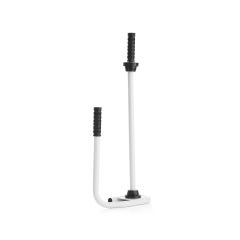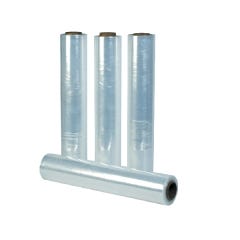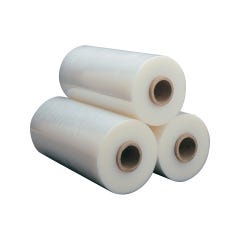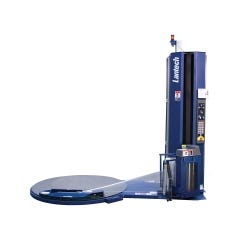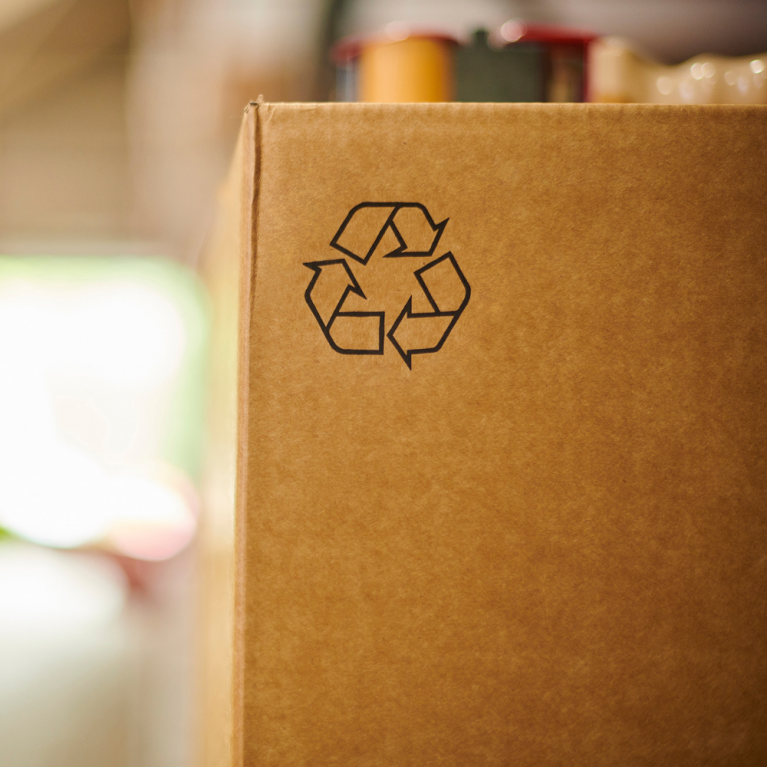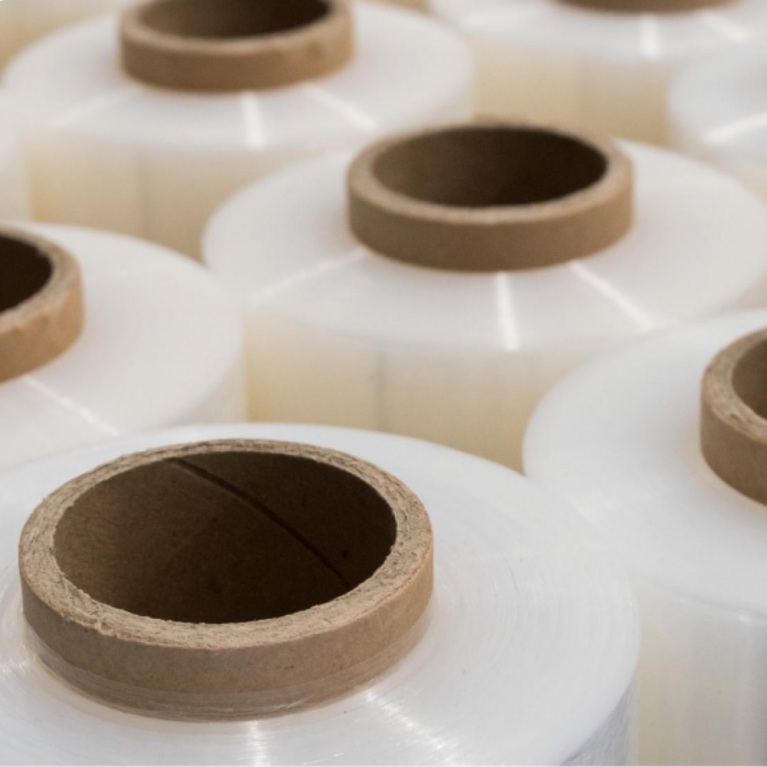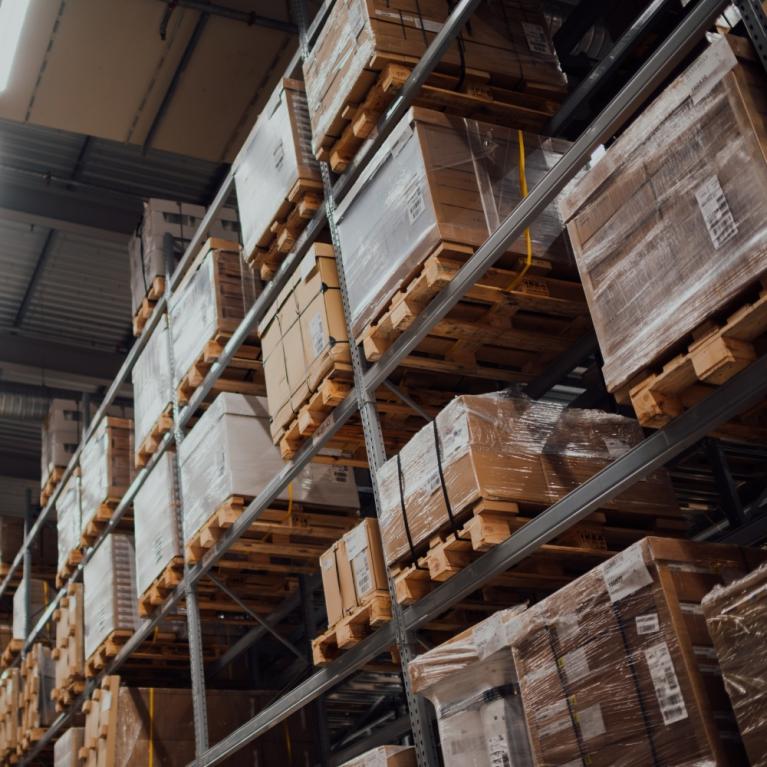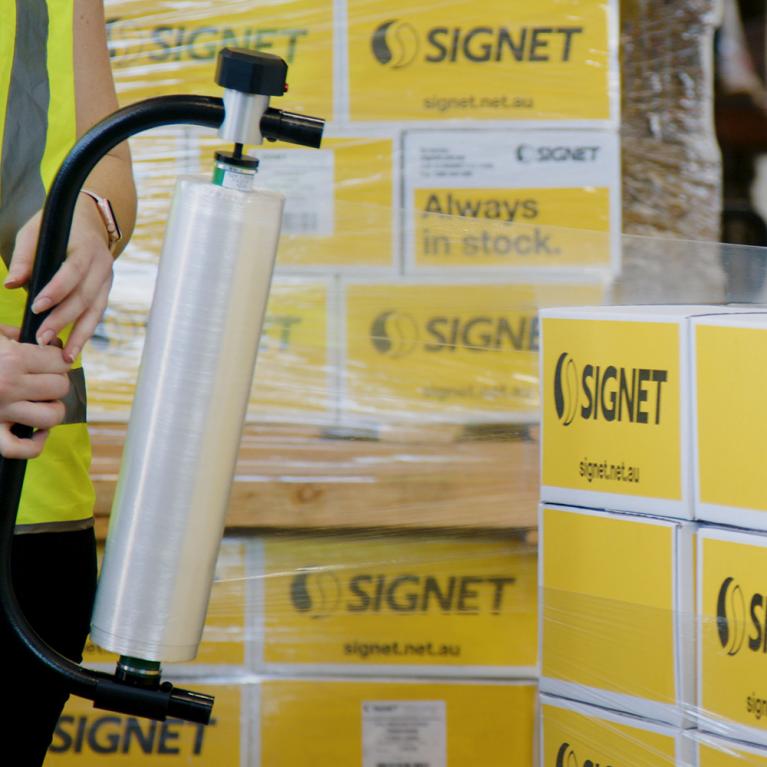
From emerging businesses keen to work out viable freight shipping options through to established companies looking to save time and money on their large-scale operations, pallet shipping is an incredibly important business consideration.
The world of pallet shipping can seem like a total minefield for businesses that are new to this type of shipping. This is especially true if you start trawling through all the information about pallet shipping scattered around the web.
From the definition of pallets themselves to exact weight and size dimensions, and helpful packing tips, our informative pallet shipping guide aims to spare you the confusion, answering all of your pallet shipping questions, no matter if you’re just being introduced to the world of pallet shipping or a seasoned pro.
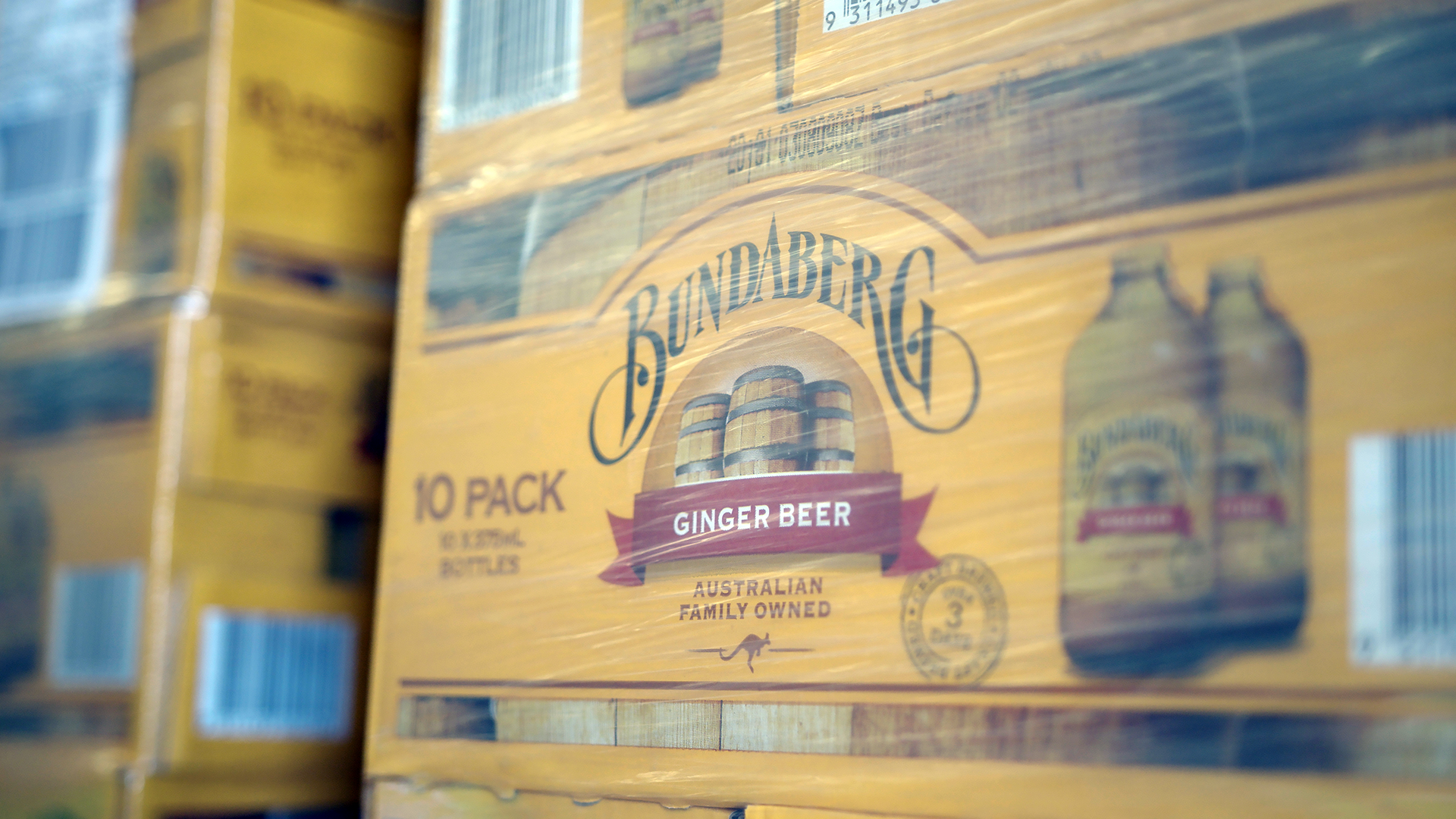

A Pallet Defined
We can all picture a pallet. They are commonly seen in warehouses, and these days, as decor centrepieces in hipster cafes and offices. But let’s talk about a pallet in slightly more scientific terms.
A pallet is commonly defined as a flat transport structure used to secure freight for shipping. Designed with both a top and bottom deck, this structural foundation allows the forks of a pallet jack or forklift to slide under and move them in a stable fashion, allowing for handling and storage efficiencies.
Reversible or non-reversible, single wing or double wing, solid deck or slat, there are dozens of pallet types. But we’ll spare you the detailed rundown. The two main pallet types are two-way Stringer pallets, and four-way block pallets. As the names suggest, the latter can be picked up from all sides, while the former only two sides.
Types of Pallet
Pallets are most frequently made of wood. Wooden pallets are durable, can handle heavy weights, and are easy to repair, recycle and reuse.
Pallets can also be made from plastic, metal or a composite material, all of which offer various advantages and disadvantages. Plastic pallets are strong and weigh less than wooden pallets, but are non-recyclable and usually expensive. Metal pallets can handle more weight than wooden and plastic pallets but can be hard to repair.
Although commonly confused, a pallet and a skid are not the same. Unlike pallets, skids only have a top deck and are primarily used for storage or transporting heavy items such as machinery.
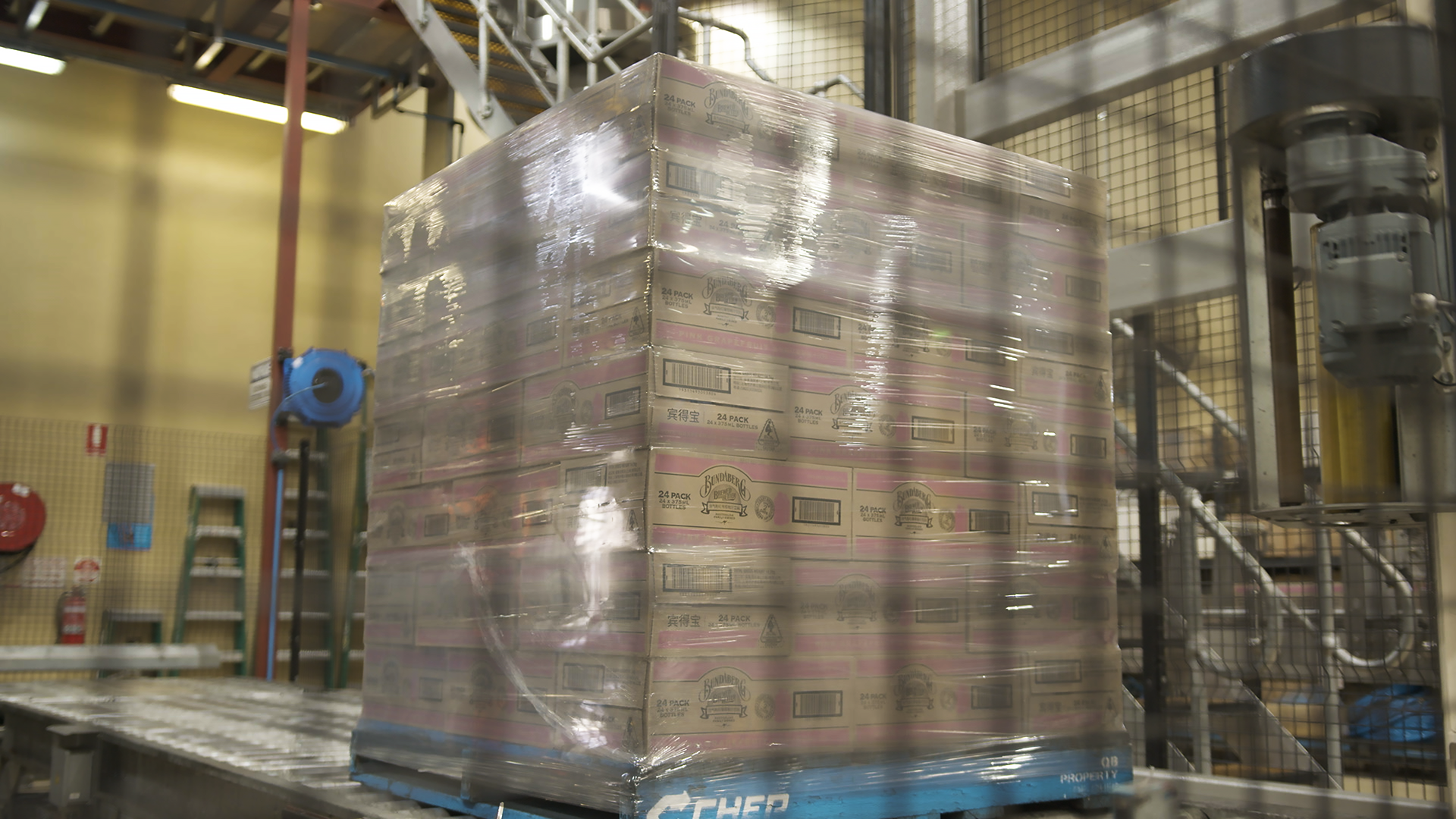

What Makes Pallets So Useful?
Pallets have allowed for dramatic efficiency improvements in the handling and transportation of goods. As such, they’re ubiquitous in freight shipping around the world. Here are just a few of the reasons why pallets are heroes of the logistics and supply chain industry...
The obvious benefit of pallets is that, with the right equipment, it’s easy to transport large volumes. Would you rather use a forklift to easily move 100 boxes on a pallet in your warehouse, or carry the boxes individually? This increased productivity applies to each step in the transportation process.
Although pallets do come in different sizes, they’re generally a uniform shape. This can make storage more efficient and explains why most warehouses are configured around them. The IKEA warehouse section is a classic example.
What’s more, packing your goods securely will help protect your freight. Not only do pallets have a strong base, pallets mean less manual handling and thereby fewer chances of being dropped. In doing so, pallets create a safer workplace with fewer chances of injury.
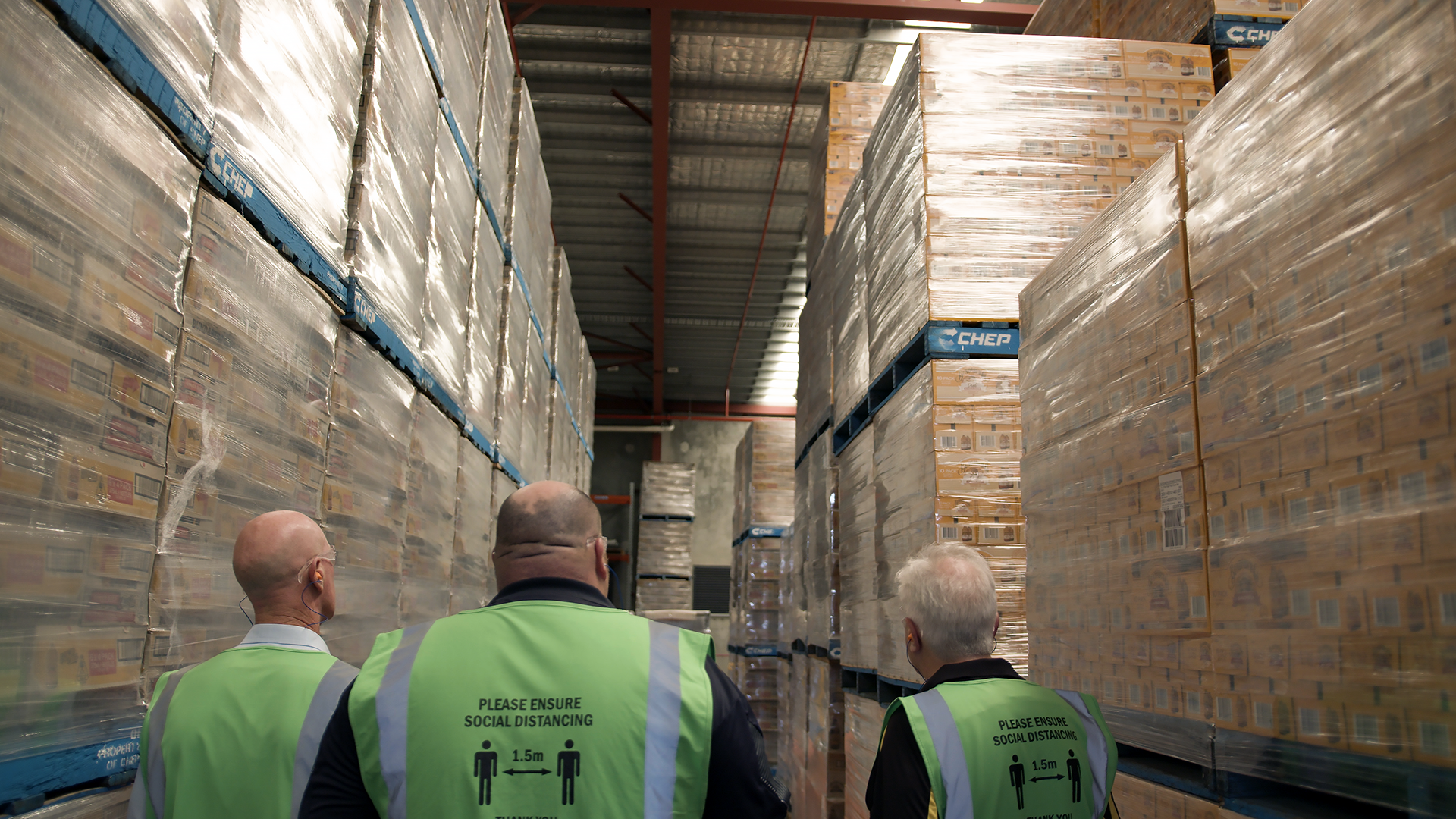

Is Pallet Shipping The Right Option For You
So basically, pallets are great! But are they the best freight solution for your specific needs?
To figure out if using a pallet for your freight shipping is right for you, a good starting point is to note that most countries require you to use a pallet if your shipment weighs more than 70 kg or is larger than 2.4m x 1.2m x 1.5m.
If you have multi-piece shipments that are around or over these specifications, chances are you’ll want to pallet freight them. Keep reading!
You can use a pallet for smaller or lighter shipments too. However, you will likely have to pay more if your pallet isn’t stackable. And since you’ll probably be paying for the dimensions and weight of your pallet as well, this may not be the most cost effective option.
Pallet Size and Weight Specifications
You’ve made it this far. Now it’s time for the nitty-gritty.
The standard size of pallets varies by location. Australian pallets are commonly 105cm x 105cm, in contrast to many American pallets (120cm x 100cm) and European pallets (120cm x 80cm).
An average pallet weighs around 13kgs and should be able to carry weights up to and beyond 2000kgs. Of course, pallet capacity depends on the dimensions, type, and material.
Each shipping company is different but it’s common for standard pallets to be capped at around 60” (150cm) in height. Freight companies also have guidelines, and may not accept pallets with boxes that are, for example, leaning or hanging over the perimeter of the pallet.
Pallets with four-way forklift entry are preferred as they help to improve handling and reduce damage to the shipment.
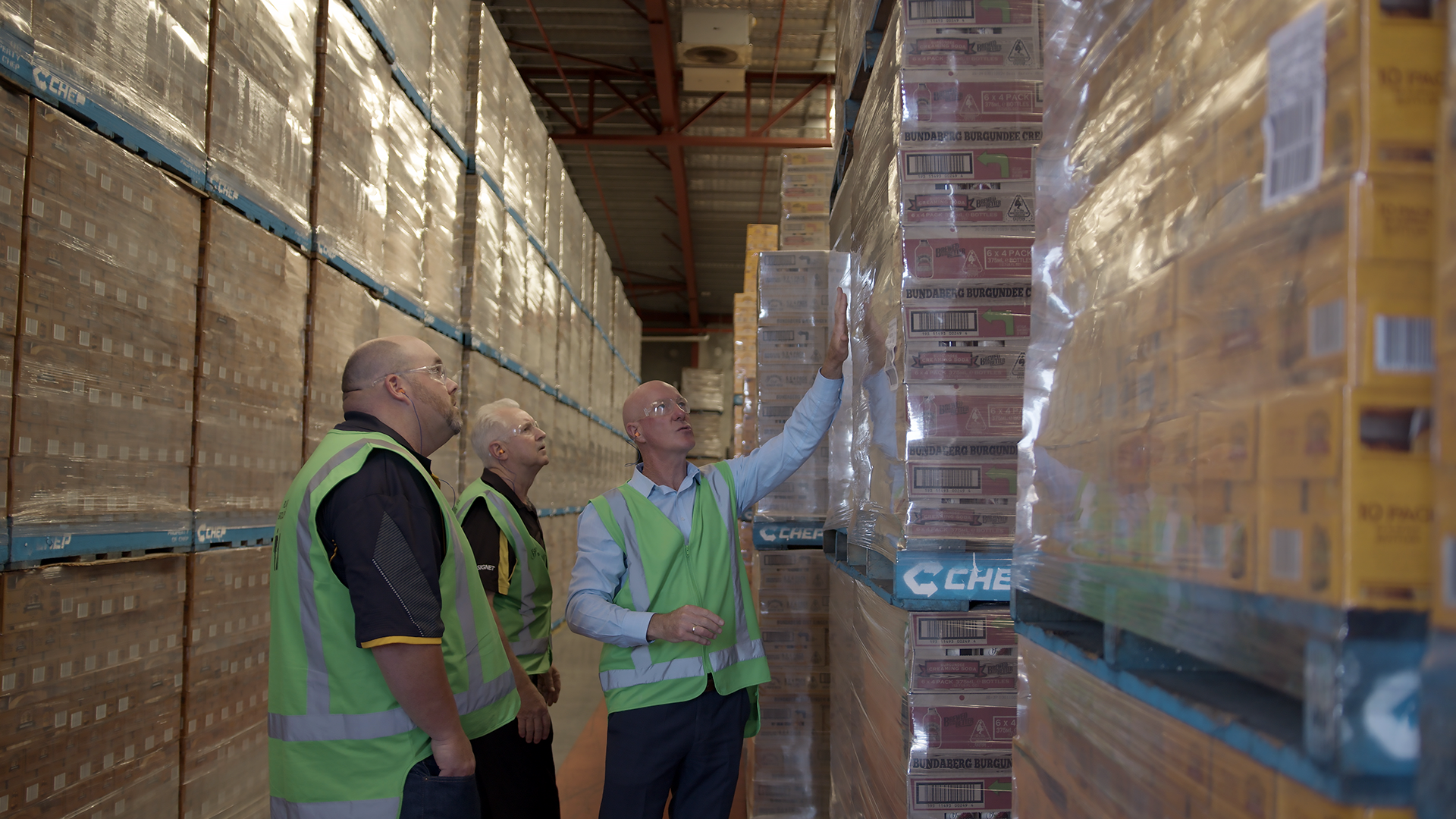

Pallet Packing Tips
It’s said that a good pallet is a well-packed pallet. And after hearing so many horror stories about pallets breaking, damaged shipments, badly packaged pallets etc., we think whoever said that was very wise indeed.
To help avoid these mishaps, here are a few handy tips to help you pack your pallets right every time:
- New boxes and materials will provide better strength to withstand stacking.
- Make sure you securely close and seal cartons.If different sizes, boxes should be stacked with heaviest on the bottom and lightest on top.
- Try to eliminate void areas/large air pockets in your boxes. These can cause the load to disfigure or collapse.
- Align boxes evenly in columns, corner to corner, for the greatest stacking strength.
- Ensure the top layer is flat to prevent damage from top loads.
Once you’ve loaded up your cartons neatly on your pallet, it’s time to stretch wrap. Applying plastic stretch wrap is an effective way to secure and stabilise the load. Start at the bottom of the pallet and continue upward, ensuring it’s tight to prevent load shifting.
Your pallet is now fully packed and ready to go!
Signet is here to help with your pallet packaging needs. Learn more about pallet shipping over on our pallet wrap hub, watch how we collaborated with Aussie favourites Bundaberg Brewed Drinks and Metcash to optimise their pallet wrap usage, or browse our leading range of pallet packaging products.
Signet’s Tertiary Packaging Optimisation (TPO) program, leverages our decades of knowledge and expertise in stretch film, industry insights and load containment to help Aussie businesses save time, cost and the environment by optimising their pallet wrap usage.
If you would like to speak with a Signet team member about our pallet wrapping solutions or our TPO program, contact our Sales Team on 13 7446, email sales@signet.net.au, or Live Chat with us by visiting www.signet.net.au.

